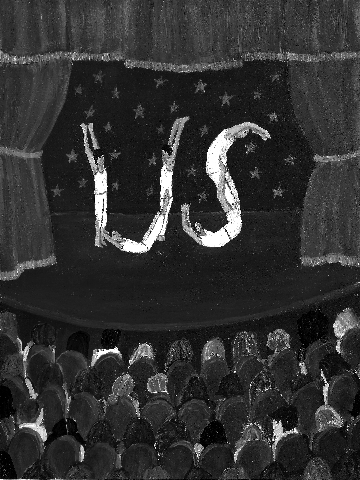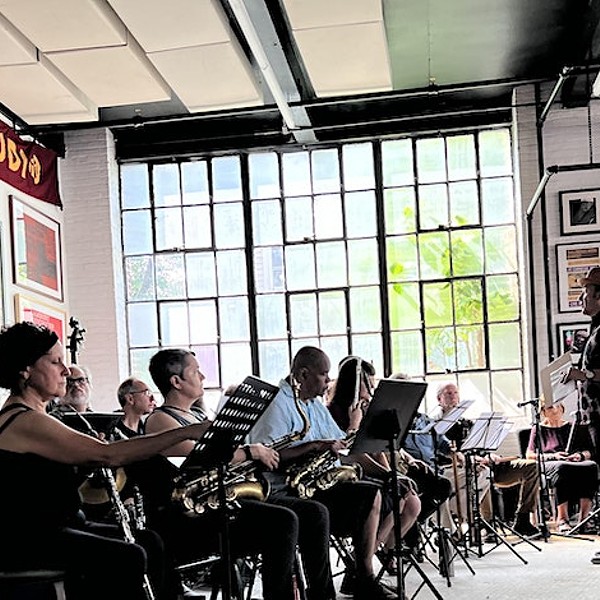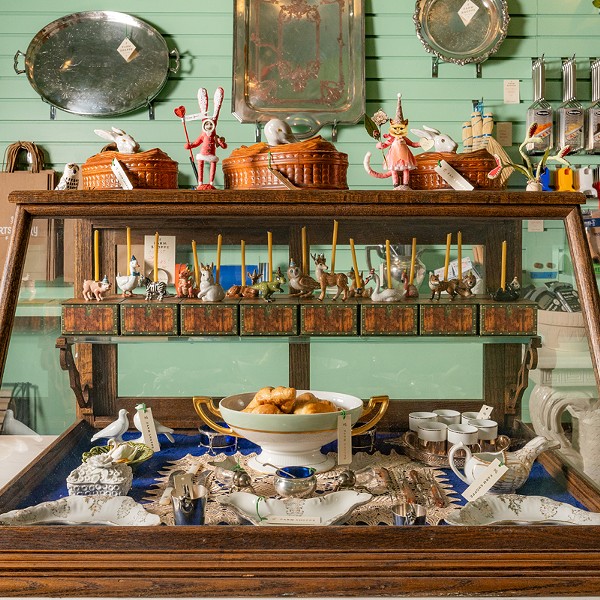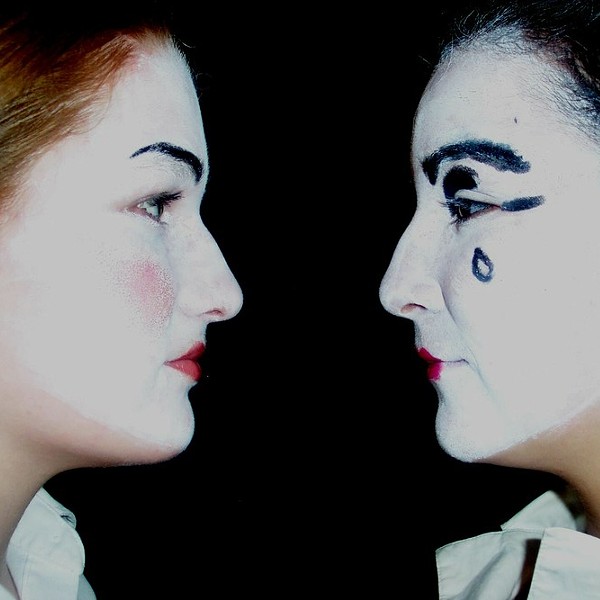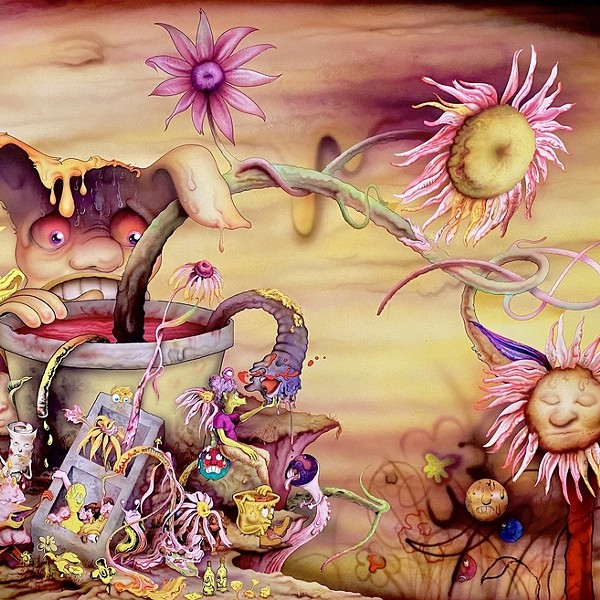The Hudson Valley has been a cradle for many things, and among them are two forms of improvisational expression that serve as catalysts for growth and healing. Playback theatre and psychodrama—often confused with each other by the uninitiated—both evolved here, and each thrives locally and worldwide as well. Playback theatre and psychodrama both use improvisational action to create scenes, but they are quite distinct from each other. Some confusion is understandable in our region as some practitioners of playback also do psychodrama, and Boughton Place in Highland hosts monthly public sessions of both.
Key members of the founding troupe of artists who cocreated playback theatre, including Jonathan Fox, Jo Salas, and Judy Swallow, are Hudson Valley residents. “The idea of playback theatre emerged back in 1974,” Salas recalls, “when Jonathan Fox [her husband] first came up with the idea of telling real stories of real people. We were artists and believed in the unique power of experience—that something different and larger is created when you filter experience through the medium of art. We gathered a group of people to try this idea, and we experimented for a couple of years with how to actually do it. It was a collective exploration.” Salas emphasizes that, unlike psychodrama, a therapeutic technique, “Playback was not originally conceived as psychotherapy, and never has been framed as that in our view. But because playback is about personal story,” she adds, “it can be used by a therapist in a therapeutic context.”
PLAYBACK STEPS ONTO THE STAGE
“I was a theater artist when I thought of the idea,” Fox says of playback’s inception. “What interested me from my college years was oral tradition and the old stories that are told in performance—stories that are not just entertainment, but contain the ethical precepts of the people. Then I became interested in experimental theater, and was in the Peace Corps, spending a couple of years in Nepal, absorbing preindustrial culture. I learned many things there that were constructive for the community. I wanted to bring some of those things to modern day life. In playback, we’re artists who bring people’s stories to the stage, and the effect is to build community and to in some way provide a kind of community-based healing. We believe that whatever anybody chooses to tell—whether it’s about a special concern, a problem, or something as simple as a beautiful day—we can listen and have the artistry to bring out beauty and meaning for the teller and the audience.”
The Mid-Hudson Valley’s two playback groups, birthed from the original group, are Hudson River Playback Theatre in New Paltz, founded and directed by Jo Salas, and Community Playback Theatre, founded by Judy Swallow and offering public “First Friday” performances at Boughton Place. In addition, the Centre for Playback Theatre in New Paltz, of which Jonathan Fox is executive director, offers trainings and promotes playback theatre throughout the world.
LET’S WATCH
So what is a session of playback like? They vary, but typically there is a general flow that begins with a “conductor” (a member of the group) who welcomes people. Each actor tells a simple story of his or her life which the troupe depicts briefly. “That primes the pump a little,” says Swallow. “Then we ask for a few stories from the audience and the actors do ‘fluid sculptures’—short improvs that represents the feelings they heard expressed. That gives the audience a quick idea of what’s to come. Next, we usually ask people in the audience to greet someone new nearby, to get them used to talking about themselves. Then we usually have time for three or four longer stories, where a volunteer from the audience comes to the ‘teller’s’ seat by the stage, explains the story, and then picks the actors to be in the story. Then the actors create the scene by improv, along with improv lighting and music.”
At the end of a session, the conductor may ask the audience what kind of feelings are coming up, or what common threads link the stories of the evening. There isn’t a lot of psychoanalyzing about what happened. Still, says Swallow, “Sharing stories brings the deepest healing of our alienation.”
HUDSON VALLEY’S PLAYBACK DUO
Swallow started Community Playback Theatre almost 25 years ago, when the original company was going to disband. “I liked playback so much that I invited people who had taken playback classes or had come to the shows a lot to meet monthly, and then weekly,” she recounts. “A core of people emerged, and many of us have been meeting for 25 years. Our oldest member [of the acting group] is 81.We like the original company’s idea of being a people’s theater—that anybody who had the urge to be a playback actor could do it. So we do jams, where anybody can come for the day and participate, and see how they like it. We also do living-room playback, where you get together with friends and do it—people do charades, so why not do each others’ stories?” Besides hosting monthly public sessions at Boughton Place and a variety of other public and special interest sessions in our region, Swallow’s group offers ongoing classes at the Sanctuary in New Paltz. “It’s our gift to the community,” says Swallow, who encourages anybody to try it out.







